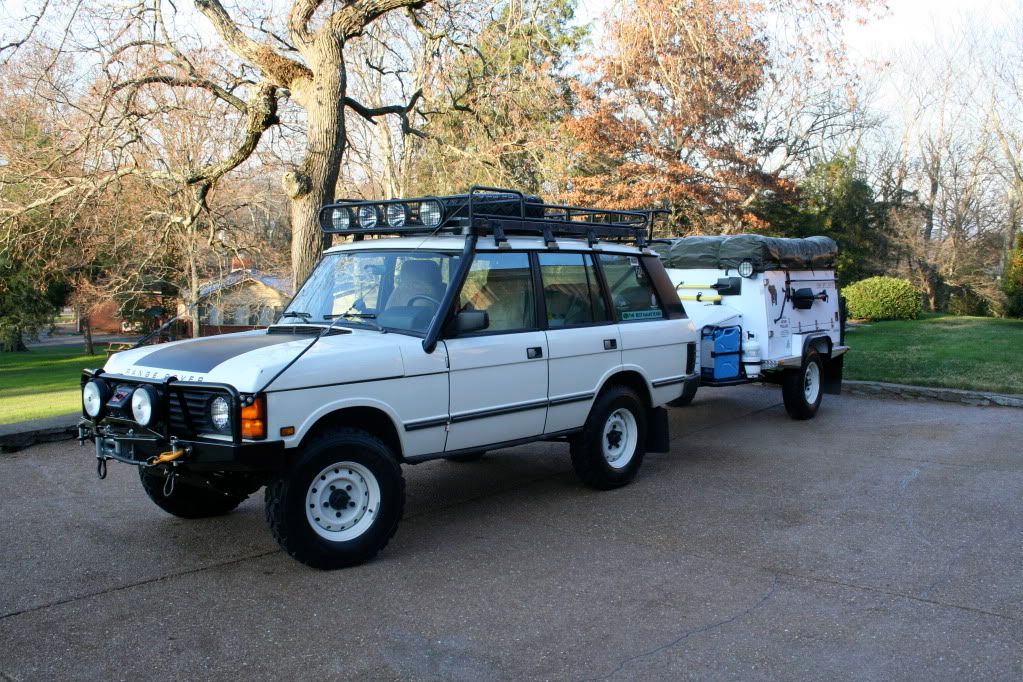I have had an RRC for eight of its fifteen years. I have had a few things go wrong, but nothing more than you'd expect on any car that age - an alternator, a battery, a clutch fork (a known weak point - replace the fork whenever you replace the plates and you'll have no trouble) and a due timing belt replacement (Tdi - the old belt came out looking like new, though).
Land Rover's corrosion resistance could have been better on that generation of vehicles, with RRCs and DIs suffering rot in the sills, boot floor and wheel arches, but if you deal with any corrosion as soon as you see it and make sure those areas are well treated with Dinitrol, you should have a very practical and reliable vehicle.
As always, the trick is to buy a good one in the first place - many vehicles will have been abused or neglected, but a well cared for vehilce, even if worked hard, should prove very reliable.
The DI was based on the RRC. Obviously, there is a lot more boot space, but there is also a fair bit more leg room for the rear passengers; the rear seats were mounted further aft than on the RRC, and in the process had to move up on top of the rear wheel arches. That's why the Discovery needs a kinked roof while the RRC's is not only flatter but also thinner (compare the depth above the windscreens). The RRC LSE is comfortable, but the extra length will make it much less maneouverable and will reduce its break-over angle. It also adds a bit of weight and those doors are very hard to find if you need to replace one. An LSE also has air suspension, which was not regarded as a RRC (or P38) strong point - coils are much more dependable.





